5 Infectious Disease Outbreaks Were not Contained in 2019, What Can You Learn from it?
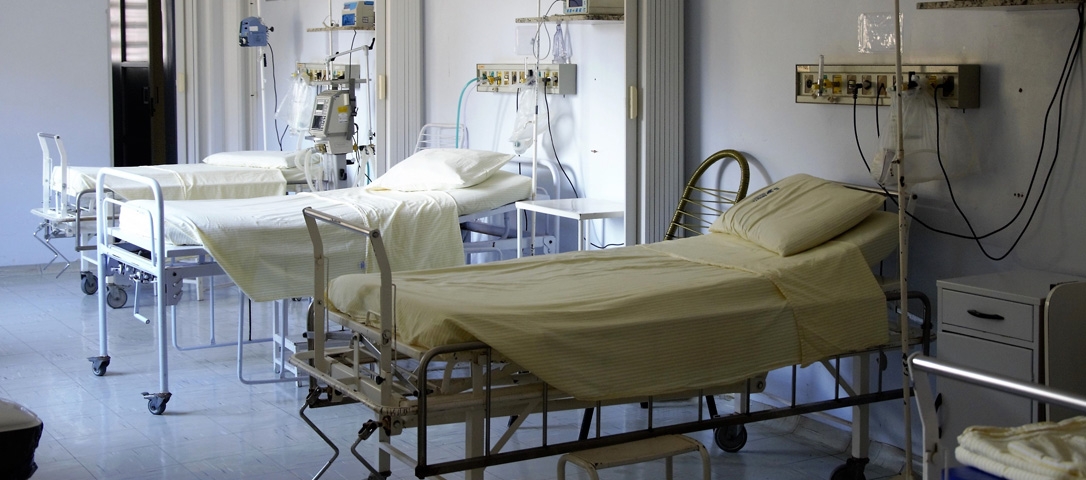
Contents Overview
It is well known that pharmaceutical distribution is all about solving the right medical needs, at the right time and place. To do this, information is the key, and even if all resources show a steady growth of non-communicable diseases (NCDs), such as cardiovascular conditions, diabetes, and cancer, one must still understand patterns of infectious communicable diseases on the other side of the equation. While its overall percentage number is decreasing in relation to the NCDs, containment and control are still of high importance.
By looking at last year’s disease outbreak patterns in emerging markets, pharma distributors can look beyond OTC medication and antibiotics, when thinking about their client's future needs. While some of the developing world is truly fighting the pandemic increase of ‘western’ type of diseases due to the changes in lifestyle and growing megacities, unpredicted outbreaks of highly viral infections still occur. Not so rarely, those outbreaks are the leading cause of many fatalities and economic loss. This is particularly true for emerging countries where the businesses are already struggling, mainly because containment is not managed properly. Consequently, massive transmissions occur rapidly. Many governments and industry sectors have been acknowledging the necessity of better healthcare availability, however, changes are happening slower than we would hope, and hindrances are still expected to halt the control of some emerging and re-emerging diseases in the years to come.
By looking at last year’s disease outbreak patterns in emerging markets, pharma distributors can look beyond OTC medication and antibiotics, when thinking about their client's future needs
Even more, from the beginning of 2019, the world is seeing the spread of communicable emerging diseases at an unprecedented rate. The World Health Organization’s archive shows that out of 37 various global outbreaks in 2019, 33 of them occurred in emerging countries. Moreover, some happened over a short period of only a few months. As a result, diseases like Ebola and Yellow Fever continue to affect the most vulnerable of the population.
Renowned healthcare professionals have already expressed their forecast and concerns for various emerging and re-emerging infectious diseases. On top of all this, even the WHO has in the past stated that various health challenges will be inevitable in the upcoming decade. For proof, one has to only look at the pattern of outbreaks in 2019. Climate change along with much increasing antimicrobial resistance are just some of the biggest barriers in repressing these outbreaks. Others include external factors, such as hyper-connected world economies where travel is frequent and common, political conflicts with refugee movements and security problems, as well as ever-increasing popular anti-vaccination movements with popular personalities endorsing them.
To be better prepared for tackling worldwide health epidemic concerns in the new year, here is an overview of 5 top outbreaks of the last year, with tips on how you can help contain them as a distributor.
Outbreak #1: Ebola Virus

Introduction
Ebola virus disease (EVD) is a viral hemorrhagic fever caused by ebolaviruses. It is a high-risk disease with a mortality rate of up to 50%. The disease was first identified in 1976 in South Sudan and the Democratic Republic of Congo (DRC). However, the largest outbreaks to date happened between 2013 and 2016. Additionally, Ebola continues to cause outbreaks in the years following. By March 2019, the second-largest Ebola outbreak ever was recorded in the DRC. Consequently, in June 2019, two people also died of Ebola in neighboring Uganda. Soon after, the WHO declared the outbreak a world health emergency. Due to its high contagiousness, communities with infected people as well as health care workers are highly exposed to this virus.
On the opposite side of prevention, diagnosis, and treatment, significant progress in fighting the Ebola outbreak was seen in November 2019. Ebola vaccines passed pre-qualification tests as two experimental treatments were found to be 90% effective.
Barriers in Prevention
Ebola outbreaks occur mostly in regions fighting political conflict where displacement is recurrent. While medical professionals are now able to contain Ebola virus contamination and provide recovery, poor water and sanitation caused especially by environmental hostility post great challenges. Not to mention, the areas most inflicted by Ebola have a history of weak health systems, leaving people to only be able to rely on non-profit organizations for care.
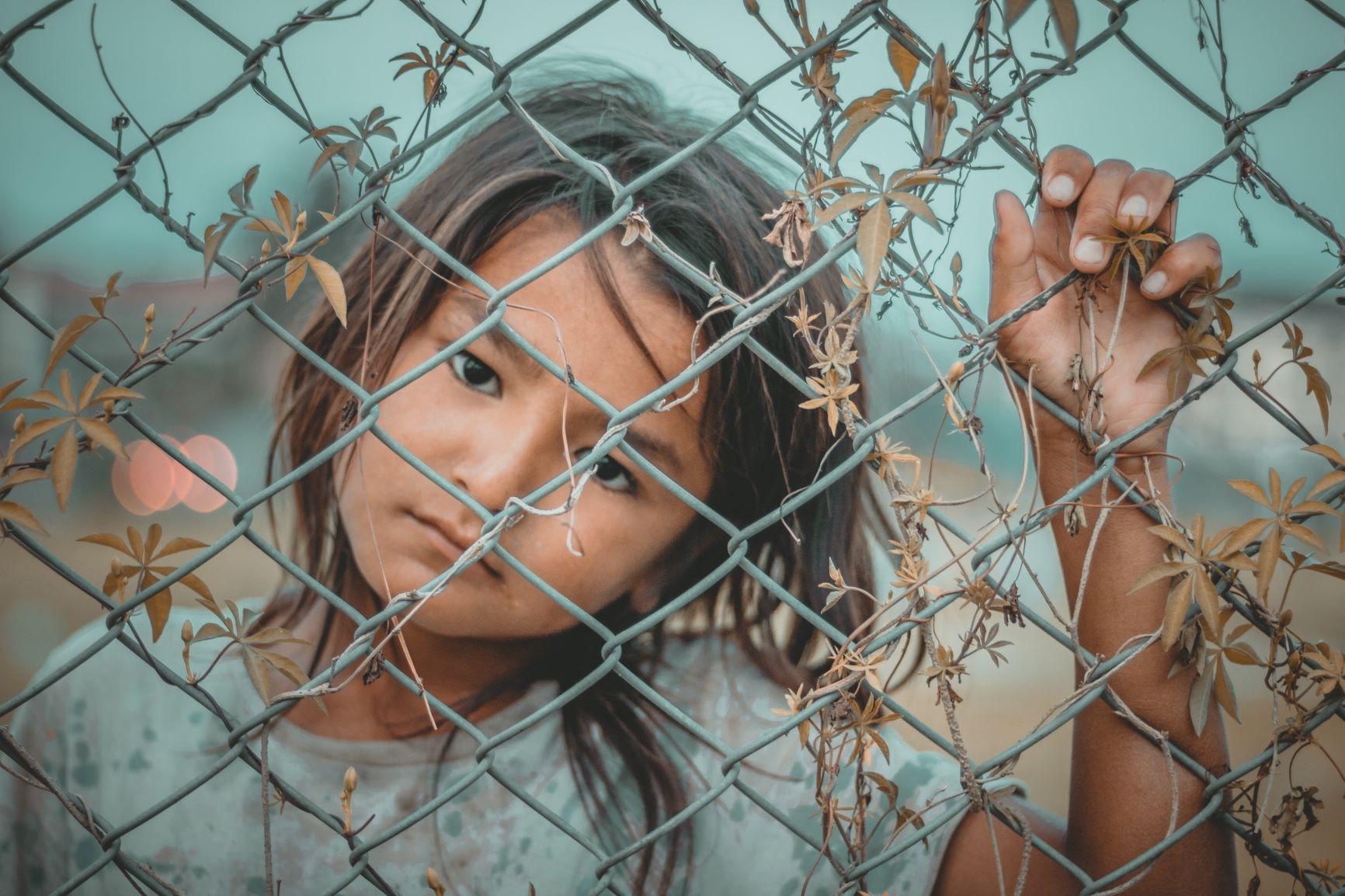
How Can Distributors Help?
Medical professionals are at most risk and the importance of their roles in the fight against the disease in high. Therefore keeping them safe and healthy should be of utmost importance. By providing sufficient and high-quality medical wear products, risk of contamination can be reduced significantly.
On the side of Ebola patients, basic health interventions can significantly improve the survival rate of the infected. Therefore, medical devices such as infusion sets or oxygen masks besides pharmaceutical products, will be beneficial as virus symptoms can be treated by:
- INFUSION OF FLUIDS AND ELECTROLYTES
- OXYGEN THERAPY
- MEDICATION SUPPORTING BLOOD PRESSURE, REDUCING DIARRHEA AND VOMITING, AND MANAGING PAIN/FEVER
- INFECTION TREATMENTS
Outbreak #2: Yellow Fever
Introduction
Yellow fever is a viral disease spread through mosquito bites. While it is typically of short duration, 15% of cases enter a second, toxic phase accompanied by jaundice. With this development, the fatality rate rises to 20-50%. Moreover, severe cases have a mortality rate even greater than 50%. Problems occur not only because the diagnosis is slow since the virus can be only confirmed after six to ten days after the infection, but also because there is no specific treatment for the disease. Fortunately, vaccinations exist, can prevent the disease and provide immunity for life. However, due to the high demand in prone areas such as Angola, DRC, Uganda, Nigeria and Brazil, global vaccine supply is currently strained.
Besides, new regions in Nigeria have been seeing numerous cases of yellow fever infection in 2019, with nearly a three-fold increase in the number of confirmed cases since 2018. Brazil is confirming new cases since 2015, and Venezuela has also seen the first confirmed autochthonous case of yellow fever after 2005.
Barriers in Prevention
Vector-borne diseases such as Yellow Fever are very much affected by climate. With climate change causing differences in temperature and rainfall patterns, the disease has emerged in regions where it has never been recorded before and in seasons for which it has been previously uncommon. Additionally, climate change causes the disease to spread wider as the increase in temperature causes previously more temperate areas to experience climate similar to tropical areas.
How Can Distributors Help?
While there is no specific treatment for the already infected, the disease is preventable with vaccines that provide lifetime immunity. The pharmaceutical companies together with NGOs and health authorities of countries previously not prone to the disease, should make vaccines widely available as climate changes will bring more cases to new regions. Prevention can also include vector control.
On the side of Yellow Fever patients, treatment of symptoms is crucial to reduce the severity of the disease as there is no cure for it. This can include but is not limited to use of pain-relieving medication such as Dipyrone (tablets, injections), AVOIDING anti-inflammatory drugs and using IV in hospital supportive care when moderate to severe cases occur.
Basic support of distributors to the Yellow Fever communities can, however, also include campaigning with authorities to make vaccines more available, as well as promoting the use of mosquito repellent nets, clothing and sprays for protection against infection.
Outbreak #3: Polio
Introduction
Polio, short for poliomyelities, is an infectious disease caused by the poliovirus. The disease is preventable with the polio vaccine, however, cases of vaccine-derived polio happen more predominantly since 2018 compared to the wild disease. The progress against polio is so significant that total eradication is expected in the near future. Currently, only 3 polio-endemic countries remain (Afghanistan, Nigeria, and Pakistan) with Nigeria not showing any wild cases in 2018. However, circulating vaccine-derived cases have been happening in multiple countries due to virus mutation. In 2019, ten countries reported this kind of cases.
Polio eradication is a goal that health world organizations worldwide would like to see in the near future
Barriers in Prevention
Polio eradication is a goal that health world organizations worldwide would like to see in the near future. Circulating vaccine-derived cases are the leading cause of outbreaks in polio. These cases are preventable, but are unfortunately occurring due to fragile and vulnerable settings generally circulating among poorly vaccinated children. Famine, conflict and population displacement can lead to the unavailability of not-live vaccines nor qualified vaccinators, who are giving injections.

How Can Distributors Help?
For polio eradication in its totality, vaccines outreach, availability and quality is a priority. Firstly, the switch of live oral vaccines to not-live ones must be made worldwide. Secondly, the availability of trained vaccinators to give injections has to be assured, which will for sure be a challenge for some governments and healthcare agencies.
On the side of Polio patients, as no cure is available, the focus should be on increasing patient’s comfort, ensuring speedy recovery and preventing possible complications. This can be done by, but not limited to providing:
- MEDICATION FOR PAIN RELIEF
- BREATHING ASSISTANCE WITH PORTABLE VENTILATORS
- PHYSICAL THERAPY TO PREVENT DEFORMITY AND LOSS OF MUSCLE FUNCTION
Outbreak #4: Measles
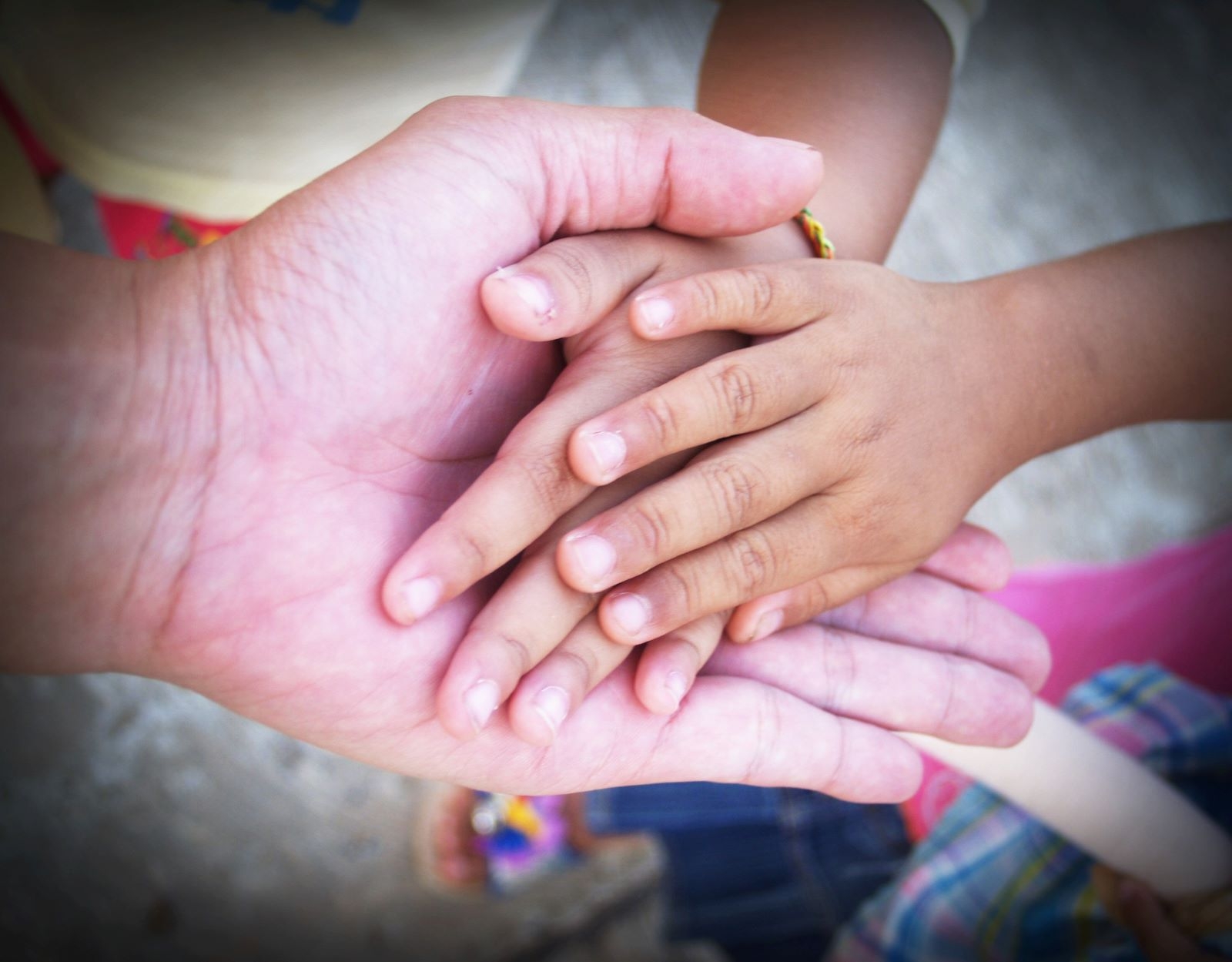
Introduction
Measles is a highly contagious viral infection, with high rates of complications and a case-fatality rate of up to 15%. Common complications of measles include diarrhea, middle ear infection, and pneumonia. In 2019 alone, there were over 660,000 confirmed measles cases worldwide, a three-fold increase of the previous year. The largest outbreaks of the year hit the hardest in the African region, most severely in Madagascar, Nigeria, and DRC. Over 250,000 cases alone were found in the DRC. However, in the last year, the outbreak affected more than just the African region. In fact, confirmed measles outbreaks occurred in multiple countries across the Eastern Mediterranean, European, Americas, South-East Asian, and Western Pacific regions. Following the African region, a large outbreak was observed in the European region, where Ukraine reported over 56,000 cases.
Barriers in Prevention
Measles is a highly contagious viral disease that can affect susceptible individuals of all ages. Measles had been historically declining in outbreak number, and were at one point, in the year 2000, even declared eliminated in the United States, all thanks to the availability of the measles vaccine. However, due to the nature of this highly contagious virus, any community with less than 95% population immunity is still at risk of an outbreak. The gap of vaccinations in the low-middle income countries, in addition to vaccine hesitancy in higher-income countries, has created a vaccination gap that was never before seen, causing a resurgence of the highly contagious and fatal disease.
To ensure vaccination coverage of over 95%, government agencies and distributors alike should primarily work on raising awareness of the importance of vaccinations
How Can Distributors Help?
Knowledge and community understanding is the key in fighting measles. To ensure vaccination coverage of over 95%, government agencies and distributors alike should primarily work on raising awareness of the importance of vaccinations, especially in high-income countries where the resistance is gaining in popularity more and more. However, more awareness to seek measles vaccinations will help emerging countries as well, although ensuring possibilities to do so is also of high importance there. If not advocating with authorities to help out with more vaccination for areas in lack of it, as a distributor you can still at least remind your community of the importance of vaccinations. Use platforms you have available, such as store posters and brochures.
On the other side, while outbreaks of measles might still be unpreventable, there are ways to minimize the severity of those already infected by the disease. Methods include but are not limited to providing:
- DIAGNOSTIC MEASLES TEST KITS FOR RAPID RESPONSE AGAINST FURTHER TRANSMISSIONS AND QUICK TREATMENT START
- MEDICATION TO REDUCE FEVER
- VITAMIN A SUPPLEMENT AS IT CAN HELP REDUCE THE MORTALITY RATE OF INFECTED CHILDREN
Outbreak #5: Dengue Fever

Introduction
Dengue fever is a mosquito-borne disease caused by a dengue virus. Similarly to malaria, it is transmitted by the bite of an infected mosquito, that got infected by biting a person with dengue virus in their blood. Though it can’t be spread directly from one person to another, it can be spread via infected blood products, organ donation or from mother to child. There are four closely related dengue viruses, meaning a person can potentially be infected four times. Besides Dengue Fever, the same viruses can also cause West Nile infection or Yellow Fever. Nonetheless, dengue can cause a variety of diseases, and many people may not even know they are infected. Some of those develop severe dengue, first recognized in the 1950s during dengue epidemics in the Philippines and Thailand.
Every year around 390 million cases occur worldwide, out of which around 96 million proceed to illness due to infection. Regions with the greatest risk because of the tropical environments are the Indian subcontinent, South-East Asia, Southern China, Taiwan, the Pacific Islands, the Carribean, Mexico, and Africa. However, the WHO reports a significant rise in global incidence of Dengue Fever and estimates that around half of the world population is now at risk. Between 2010 and 2016 the reported cases increased from less than half a million to 3.34 million, but then a significant reduction was detected in 2017-2018. Unfortunately, in 2019, there has been a worldwide increase again. Since last January many infections have emerged in the Western Pacific, Latin America and Caribbean region, with a lot of cases also observed in Australia, Cambodia, Malaysia, Singapore, Vietnam, Congo, Ivory Coast, Tanzania, and African region. Additionally, in countries like Honduras, Philippines, and Bangladesh the escalating number of patients lead to nationally declared outbreaks of this mosquito-borne disease.
Barriers in Prevention
Fragile and vulnerable settings, such as living in areas of crises caused by drought, famine, conflict or population displacement, can lead to Dengue Fever outbreaks. Global warming causing rainy seasons to be longer in some regions even increases the risks of the disease. Countries like this are for example Bangladesh and India. In addition, Dengue infections are also spreading towards countries with temperate climates, like Nepal, that has not had to fight the disease in the past. After outbreaks in 2019, due to international travel, the WHO even estimated a possible outbreak in Europe.
How Can Distributors Help?
Since Dengue Fever can show mild symptoms, commonly mistaken for the flu or other viral infection, proper diagnosis is significant. To reduce mortality rates from severe cases, distributors can help by supplying their hospitals and clinics with quality and accurate dengue test kits. This is especially important for people with weakened immune systems or those that have been infected by dengue virus in the past, as they can be at greater risk of developing severe cases. Additionally, prevention efforts by promoting the use of mosquito repellent nets, clothing and sprays for protection against infection are also always valuable when talking about mosquito-borne diseases.
On the other side, while there is still no specific treatment, there are ways to minimize the mortality risks from 20% to 1% for those infected. Methods include but are not limited to:
- MAINTAINING PATIENT’S BODY FLUID VOLUME
- TAKING MEDICATION SUCH AS PARACETAMOL TO TREAT SYMPTOMS AS MUSCLE ACHES, PAINS AND FEVER
- AVOID ANTI-INFLAMMATORY DRUGS OR NON-STEROIDAL DRUGS, SUCH AS IBUPROFEN
In the end, there has been a vaccination developed and approved in 2015, with the first use beginning in 2017. However, analysis of trial participants showed that some of them had a higher risk of more severe Dengue and hospitalizations from Dengue compared to unvaccinated participants. Because of this, the use of the vaccine is limited to people living in endemic areas, who are 9 to 45 years old and have already lived through one or more documented infections.
Learn more about key market movements of the pharmaceutical industry in our sources for the article and report: “2020 Tropical Infectious Disease Forecast” article by ASTMH; “Getting Ahead of Crises: The 2020 Global Humanitarian Overview” article by Christina Potter on Outbreak Observatory; “Emergencies preparedness, response” articles archive by the WHO; “Climate Change and Health in Pictures” article by the WHO; “Everything You Need to Know About the Measles” article by Healthline; “Measles” article by the WHO; “Measles History” article by CDC; “Measles – Global situation” article by the WHO; “Measles cases up in the U.S. and globally” article by Rita Giordano in The Philadelphia Inquirer; “Polio” article by Mayo Clinic; “WHO just declared another polio virus strain eradicated. There’s one more to go.” article by Julia Belluz on Vox; “Our Progress Against Polio” article by CDC; “Yellow Fever” article by Christina Terra Gallafrio Novaes and Max Igor Banks Ferreira Lopes in Revista da Associação Médica Brasileira; “Ebola (Ebola Virus Disease)” article by CDC; “Yellow fever – Bolivarian Republic of Venezuela” article by the WHO; “Yellow fever – Brazil” article by the WHO; “Dengue and severe dengue” article by WHO; “Dengue Fever” article by WebMD; and “Yellow fever – Nigeria” article by the WHO.
Don't want to miss the next AdvaCare article?

Recommended Content

Leveraging Pharma Expertise to Thrive in Supplement Distribution

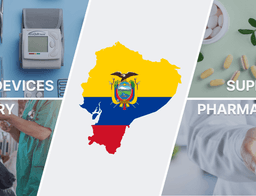
Ecuador: Importing Medicines with an International Pharmaceutical Manufacturer

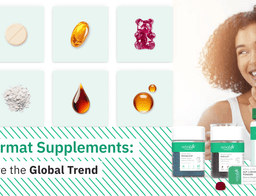
How Distributors Can Win With Multi-Format Supplement Portfolios Aligned to Global Trends
